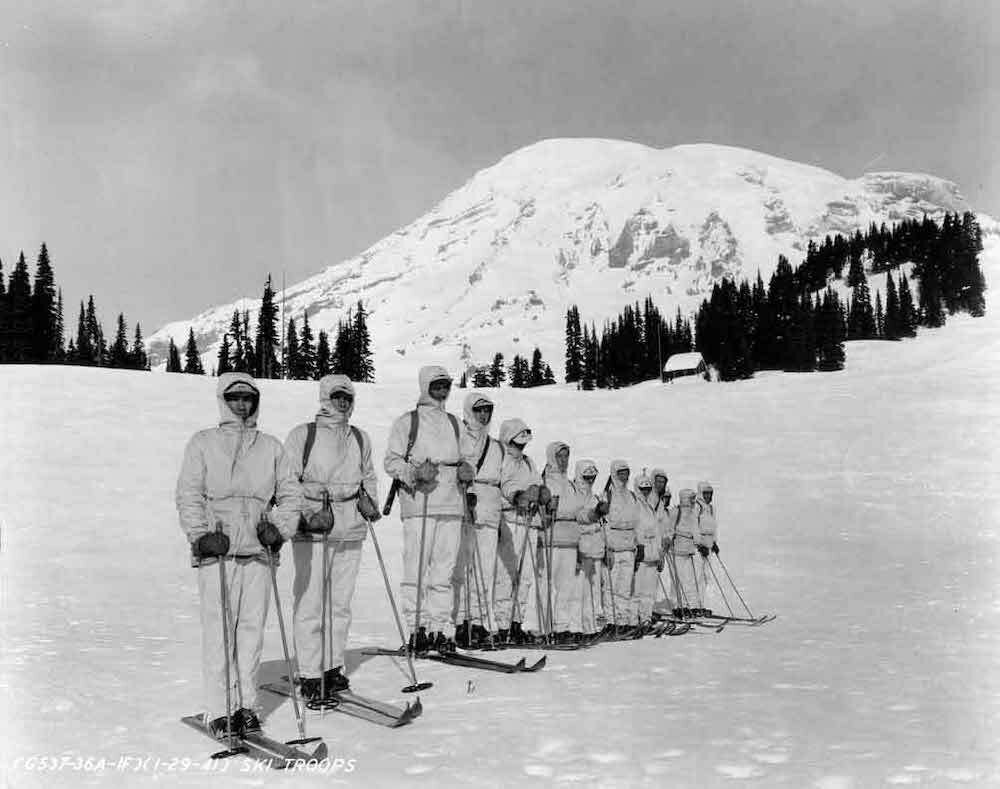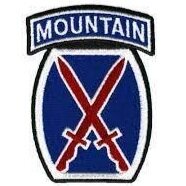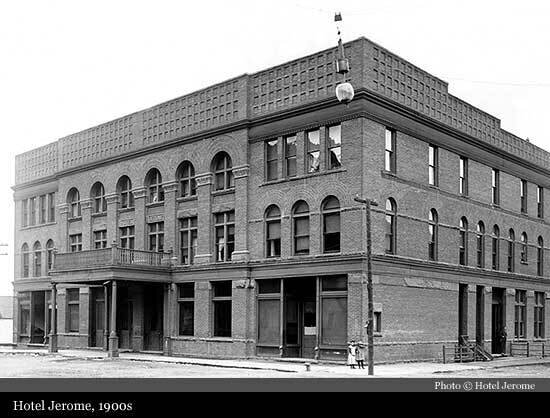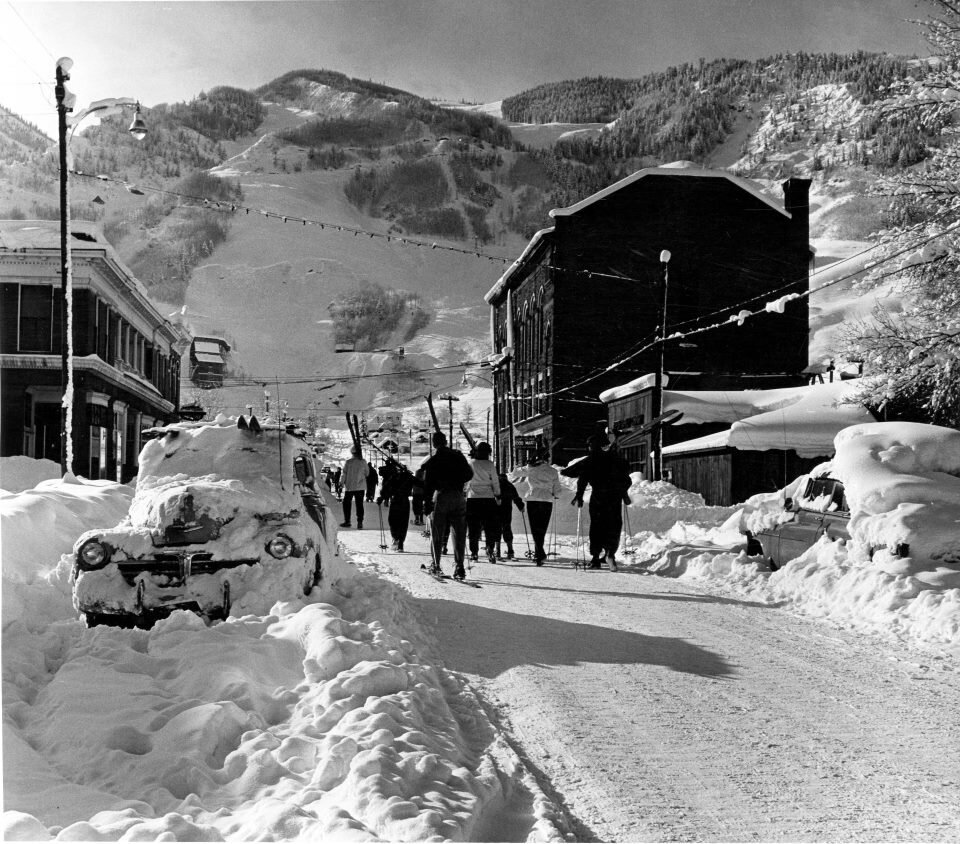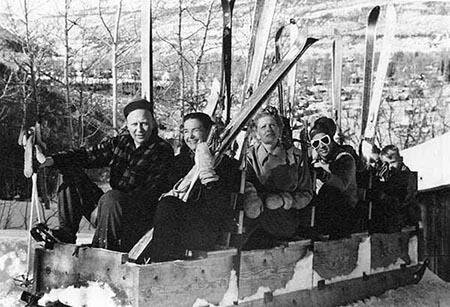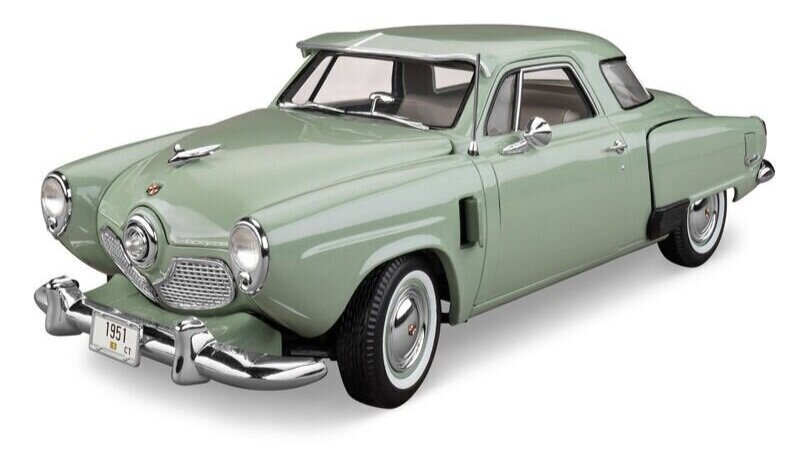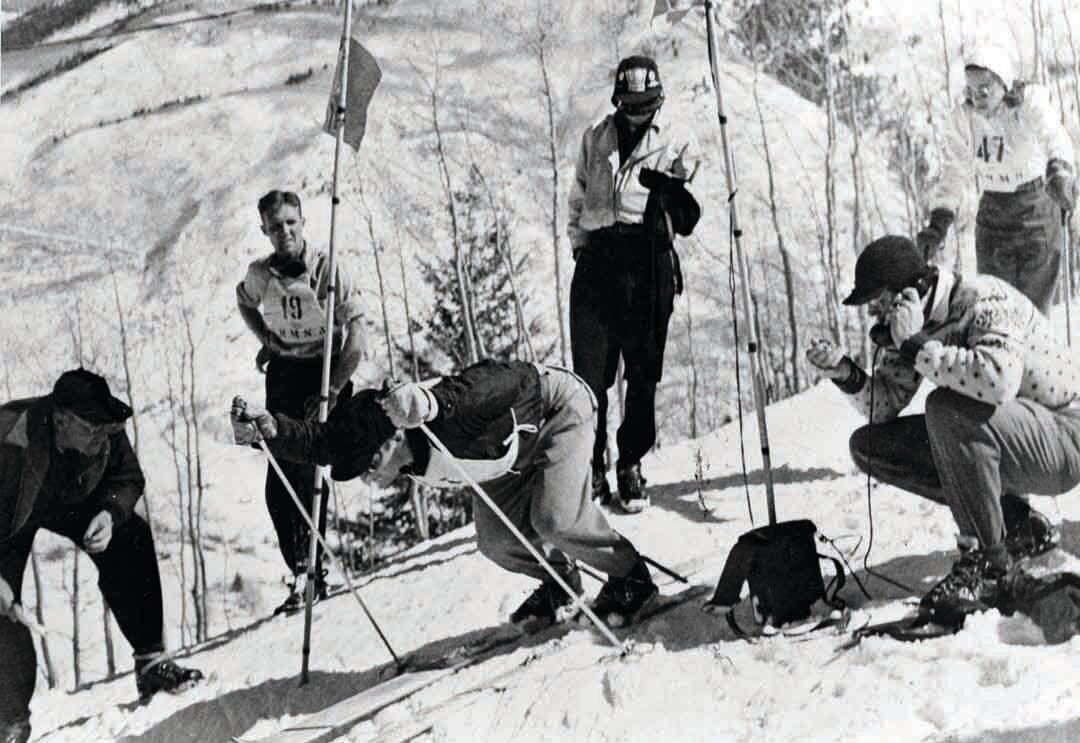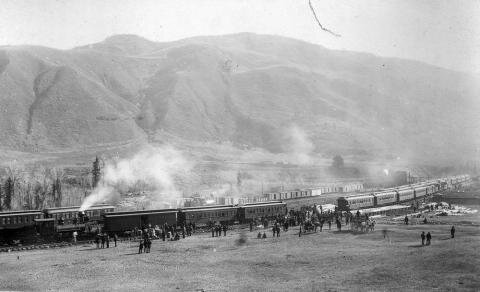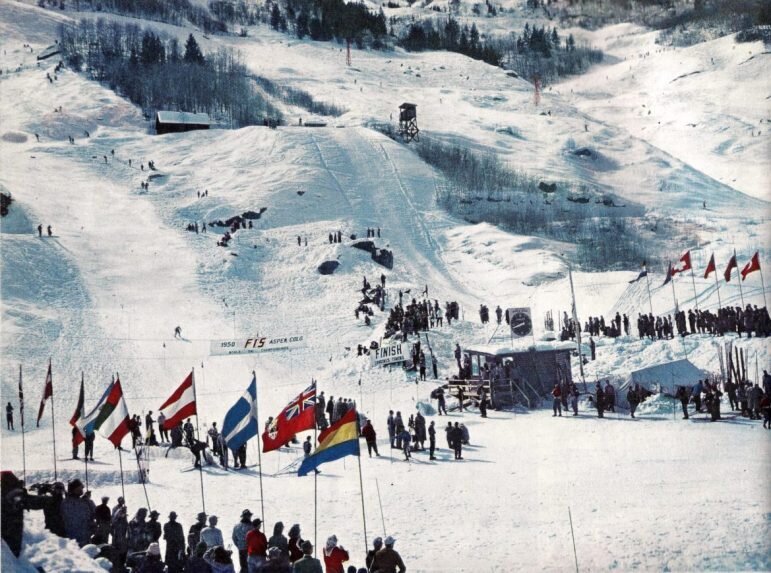The story of America's First Ski Town

Aspen, Colorado
. . .
If the American dream is most often portrayed as a rags to riches tale, then the town of Aspen, Colorado surely represents a skier’s version of the story with all of the trials, tribulations, and triumphs of a classic Charles Dickens novel. A quintessential American narrative that couldn’t have been written better by a Hollywood screen writer, Aspen after the early 19th century silver crash, rises from the ashes bolstered by good ‘ol fashion innovation, ingenuity, and with vision provided by returning WWII and 10th Mountain Division veterans such as Friedl Pfeifer and Whipple Van Ness “Whip” Jones.
Born of high hopes in silver mining and speculation and aggressively fueled by the U.S. Government consumption of the precious metal via the Sherman Silver Purchase Act , the town of Aspen Colorado lore claims, was that the town was named as such by land surveyor B. Clark Wheeler who “skeed” into a makeshift set of lodgings which then comprised a mining camp on Norwegian snowshoes in February 1880. From this moment of inception skiing seemed to infiltrate and profligate every aspect of life within the town. In the wake of the silver bust caused by the repeal of the Sherman Silver Purchase Act little of the promising hamlet remained intact save its beautiful boom town architecture and, of course, exceptional snow. As such, the sport of skiing acted as both recreational reprieve and the town’s ultimate economic savior.
As early as the late 19th century and before WWII, miners skied as a form of transportation, mail was delivered on skis to certain areas of town, and early ski innovations grew from the dilapidated floor boards of abandoned mining barracks which were then steamed or boiled to produce the signature tips we know of today and on which Aspen townspeople climbed and schussed down Aspen Street during the snowy winter seasons. Also, making an early bid for mid-20th century notoriety was the first Aspen area ski lodge pioneered by the Highlands Bavarian Corporation and its leader Ted Ryan, who provided access to hike-to-ski terrain, room, board, and ski school lessons for $7 per day. Thereafter, in 1936 the Roaring Fork Winter Sports Club was formed by European alpinist Andre Roch and his Aspen protégés Frank & Fred Willoughby who, along with Aspen locals built the first 8-pack ski lift; a boat tow gerry-rigged together from a secondhand Studebaker motor, old mining hoists, and two eight person sleds that climbed and descended in opposition. Skiers paid 10 cents per ride. Such passion and invention led to the first properly cut trail on Aspen Mountain. Cut by and named after Andre Roch, Roch’s Run ended being 6,600 feet long, 50 feet wide, and 2,550 vertical feet. It was this run that hosted the Roaring Fork Winter Sports Club’s first downhill and slalom championship which placed Aspen on the map as an authentic and credible skier’s destination.
Such was the new found gravity created by rise Aspen’s powder-filled winters that the Denver & Rio Grande Railroads began running “snow trains” to Aspen on a regular and frequent schedule. Further fueled by Highlands Bavarian Corporation’s Founder, Ted Ryan, and his series of new & novel technicolor ski films illustrating the glory of powder skiing in Aspen, weekday and weekend trains into the town took on a complexion of well-do-to recreationalists in a 20th century “gold rush” all eager to partake in this new and exhilarating form of winter sport. The growing clamor created by Aspen’s burgeoning local passion for skiing was also stimulated by the advent of new of forms of national communication & broadcasting, that when the word was finally out it was only a short time before Aspen held the U.S. National Downhill & Slalom Championship on Roch’s Run. The bucolic site of the race, broadcast to international viewers Aspen’s mountain scenery, snowy beauty, and sporting prowess, which lead to a crest of worldwide interest which only to then be arrested by the outbreak of WWII. Nevertheless, as the story of Aspen goes, it was the U.S. Government’s military commission of the unique 10th Mountain Division, a fighting force prepared in Colorado for mountainous-snowy combat in Europe, that saw two of its veterans create a vision for the founding of Aspen Mountain and Aspen Highlands respectively.
While training at Camp Hale, Colorado, 10th Mountain Division training exercises included frequent mountain crossings and marches which brought one Sergeant Friedl Pfeifer to Aspen where he quickly took note of the region’s recreational ski resort potential. Flash forward to the end of WWII in 1945 and Pfeifer returned to Aspen to form the legendary Aspen Ski School and with a further intention to realize his vision of a one-of-a-kind ski resort, he formed the Aspen Ski Company in 1946 in partnership with industrialist couple Walter & Elizabeth Paepcke. Wowed by Aspen’s potential during a ski related visit in the late 1930’s the Paepcke’s fell in love with Aspen and, in partnership with Pfeifer, leveraged the world class resort development to further the cultural cache of the town in areas of architecture, the arts, music, and education. From that point “Aspen fever” took hold and most especially whe Aspen was selected to host the 1950 FIS World Championships, the first of its kind on U.S. soil. During the racing event 1,500 attendees were able to find lodging in town to witness Italian Zeno Colo’ win the alpine combined event as well as Stein Eriksen sailing 150 feet in the air during a jumping & aerials exhibition; that latter feat to have formed one of the most indelible images of skiing’s grace, power, and beauty both then and now.
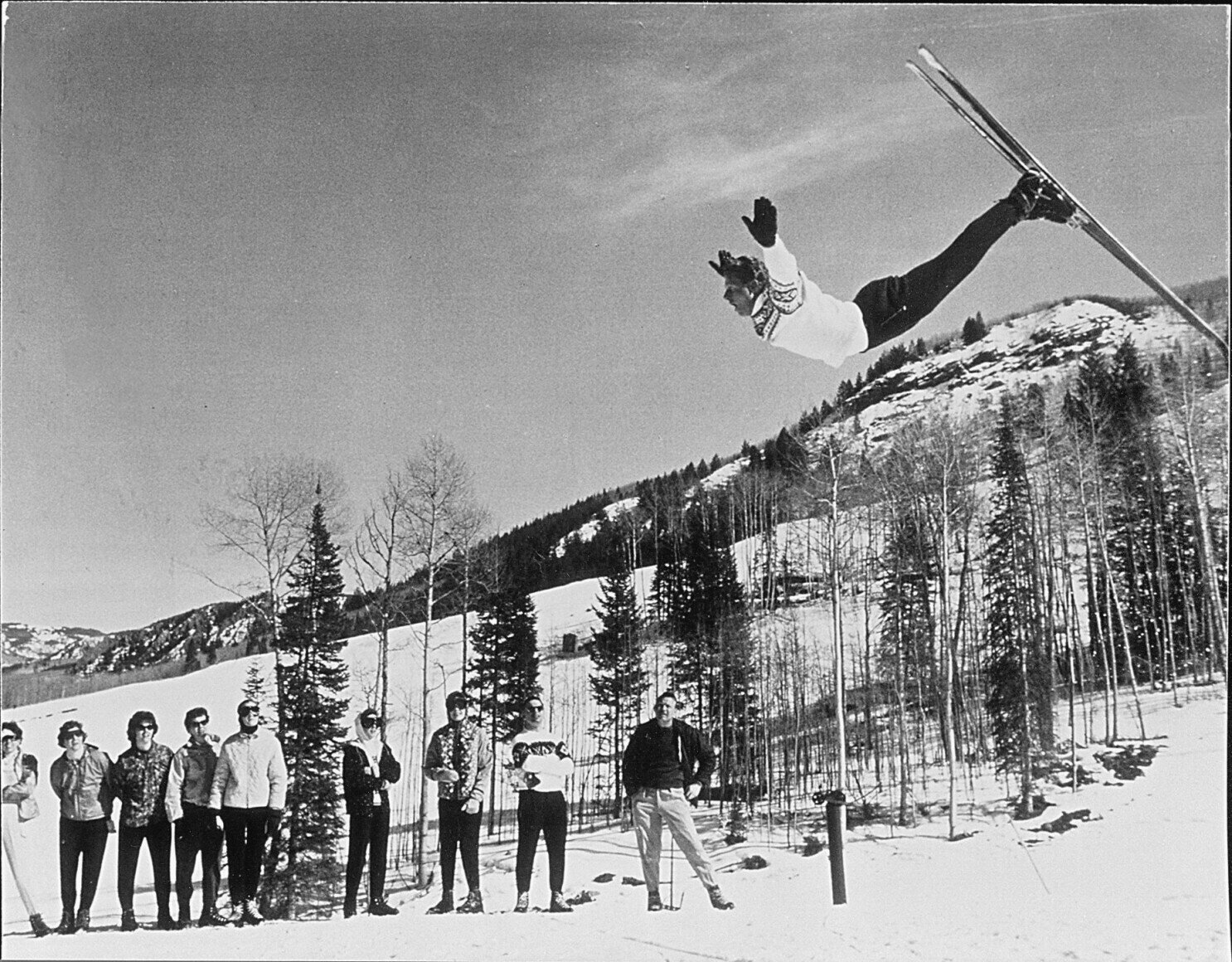
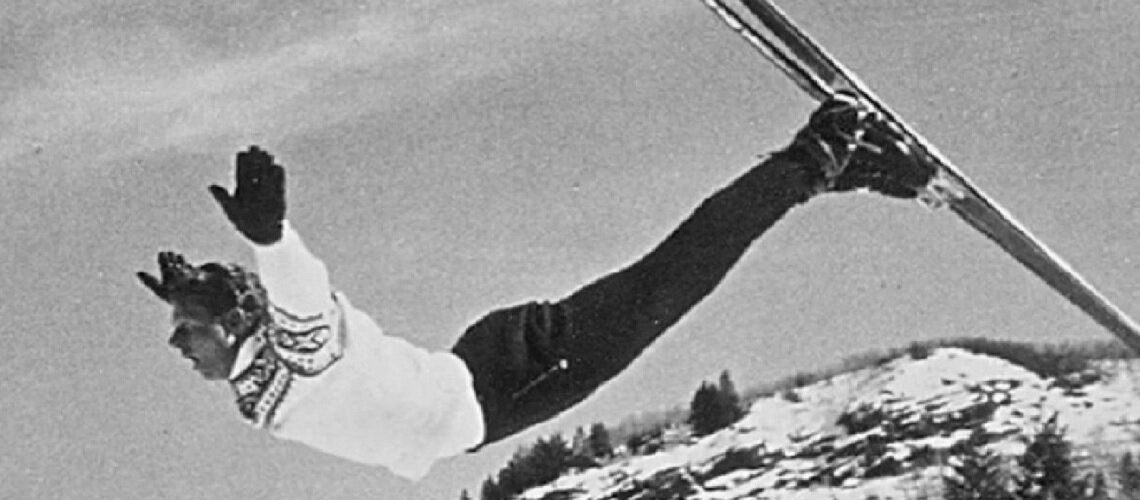
Soon to follow Pfiefer was another 10th Division Mountain compadre, “Whip” Jones who in the mid-1950’s and while observing the Aspen Ski Company’s success, developed, owned, and operated the new Aspen Highlands Mountain with its now famous Highland Bowl. Financed with good old fashioned American determination and ingenuity, it is said that Jones finance the Aspen Highlands project by selling lumber from the cleared ski runs which comprised a well balanced mix of beginner, intermediate, and advanced terrain. When it opened, Aspen Highlands commanded the longest single section double chairlift in the world, one of many such elements of alpine sporting notoriety that continued on into 60’s, 70’s, and 80’s that contributed further to the legend of this far out of the way town, boomed & busted by the silver trade, and which was reborn as a skier’s paradise for World Cup winners, amateurs, on-lookers, and everyone in-between with a desire to play a part in it all.
Loaded with a history and facts stranger than fiction, Aspen is and was the first American ski town. Up from the bootstraps (literally), built by war heroes, supported by industrialists with both vision and culture, and all tied together via the endurable & timeless thread of skiing, the narrative of Aspen is full of color and colorful characters. Part Steinbeck novel with its pioneering dustbowl legacy married with a dash of Fitzgerald and the Great Gatsby’s mystery and glamour, the story of Aspen Colorado is one of quintessential American progress and transformation that has come to define both the past, present, and perhaps the future of world class skiing throughout the world.

